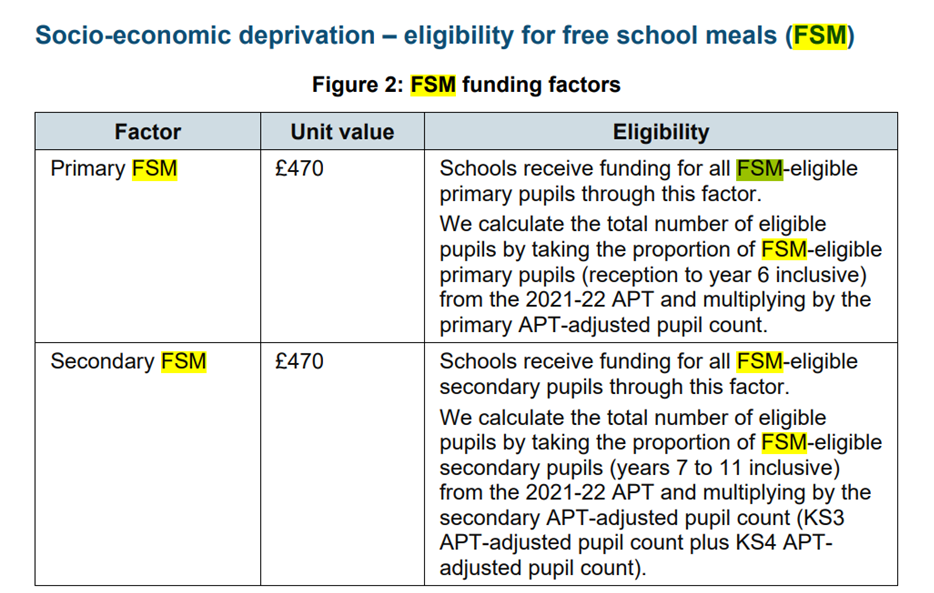
Q: I am looking for any info on sandwich labeling and the minimum requirements. We have been buying in since the law changed and are now looking to bring sandwich making in-house, So any info would be most helpful.
A: The Food Standards Agency determine what labeling has to be made available on sandwiches produced in house and if sold in packaging will fall into the requirements of full labeling of foods, including sell by date, ingredients and allergens etc. LACA work with a number of suppliers who offer this service, and further details can be found on the website.
Question from LACA member on the School Food Standards Guidance on the use of Chocolate.
The guidance states that no confectionary should be used in made products or sold as pre-bought products, chocolate or chocolate products are described as; chocolate bars, buttons, flakes, eggs, chocolate coated bars.
I have tried to research legislation on what constitutes as a chocolate product. As far as I can see ‘chocolate’ has a minimum cocoa solid content of 30%. At present Scotblok in our products.
Furthermore, with our understanding that dark chocolate is rich in Flavonoids is there now room for the guidance to be clearer in the use of Chocolate within products? It seems to me that a blanket ban on ‘chocolate’ does not make sense. From a nutritionist’s perspective, I do not see much value in Scotblok other than it is ambiguous in regard to the standards and possibly skirts around them. I would prefer to recommend a product that was of a higher quality, such as a dark chocolate.
LACA response
The school food standards are quite clear in that confectionery is not allowed and that covers chocolate in any form including Scotbloc. The only exception to this is unsweetened, low fat Cocoa is allowed as an ingredient.
Part of the reasoning behind this is the dilution of the standards that would happen if exceptions were made and additionally exemplar standards in respect of no chocolate bars. In other words, to encourage the pupils to know what healthy food looks like.
Despite alleged benefits of flavonoids in dark chocolate, LACA doesn’t feel there would be any mileage in trying to make this case and indeed supports the no confectionery including chocolate standard.
In a recent article published on your website (LACA calls for UIFSM & FSM increases due to rising food costs), it states LACA are urgently calling on the Government to increase funding per meal for both UIFSM (currently £2.41) and FSM (currently £2.47).
Can you advise the source for this information with regards to current funding?
The current funding rates are:-
UIFSM - £2.41 notification of the per meal figure was released in June 2022 and backdated to 01 April 2022. - Universal infant free school meals (UIFSM): conditions of grant 2022 to 2023 - GOV.UK (www.gov.uk)
Benefit-FSM for the academic year 2022/23 is calculated as £2.47.
Below is a snip taken from the National Funding Formula Guidance 2022/23. £470 / annum divided by 190 school days = £2.47.

The detail of the rate for the academic year 2023/24 published in July 2022 states that the Benefit-FSM value to a school will be £480 (see page 10) so this would equate to £2.52 in the academic year 2023/24 (£480 / 190 days). The national funding formulae for schools and high needs (publishing.service.gov.uk)
LACA do not yet have any further details of any funding adjustments for UIFSM going forward.
LACA are lobbying for increased funding for both UIFSM and FSM to address the current cost-of-living crisis, for these rates to then be index linked for future annual increases and also for the funding to be ring-fenced.
